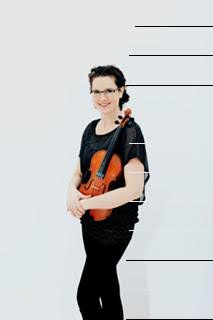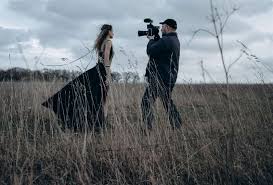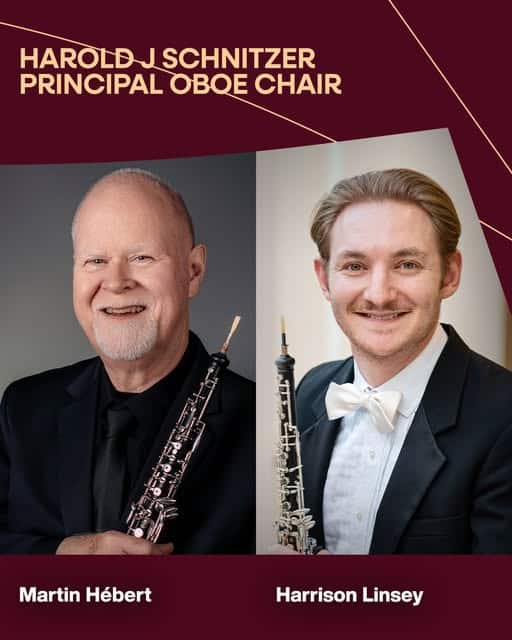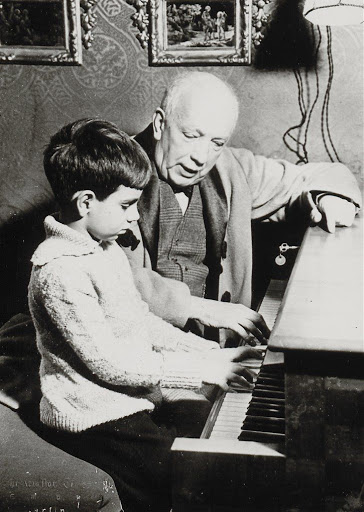85% of my quartet work is done without violin in hand
mainOur weekly diary by Anthea Kreston of the Artemis Quartet:
I love being a nerd. Sometimes classical music has this sheen of super-sophistication: lipstick, fur coats, after-concert parties with expensive wines. The reality is that the bulk of my work is done in sweat pants, with a lukewarm cup of stale coffee, a half-eaten piece of toast, sitting cross-legged on a bed or couch. Nothing sophisticated about it from the outside, but inside my head (I am physically surrounded by my headphones, computer, iPhone, markers, music folder and scores, and a violin precariously propped up against some of the former), ideas and questions collide and influence each other, in a series of “a-ha” moments from minuscule to gargantuan (in a nerdy kind of way).
We are working on Beethoven Op. 18 #3 and Bartok 3 this week, for concerts in January. Upcoming concerts are a mix of our recent program (Haydn, Rihm, Schumann) and last seasons repertoire (Janacek, Shostakovich, Demetz, Mozart) as well as adding the Schumann piano quintet for spring tours.
As I delve into the new repertoire, my desire for an underlying theoretical and structural framework becomes greater. The other day, when marking my score of the first movement of the Beethoven Op. 18 #3, (I am addicted to counting phrase lengths, finding patterns (harmonically and rhythmically)), I became increasingly interested in the first two bars of the piece.
The first phrase is 10 measure long – are these two first bars (an open V/7 chord) simply an introduction, or a part of the phrase itself? After fully marking my phrases, and doing some basic harmonic analysis, I asked Jason about this. How would he conduct the first phrase, if it were an orchestral work? It could be looked at different ways. When the melody returns for the final time, in the coda, instead of an open V/7 chord, the melodic notes are turned into the basis of a series of V/I chords, finally erupting into an exuberant first violin cadenza which propels the quartet into what I can describe as a final “group high-5”. Finally, these two bars are no longer introductory, but a part of the phrase – integral to the structure.
As I went to sleep that night, I continued to think of this. When preparing for quartet, 85% of my work is done without the violin in my hand. When the violin is in my hand, I am often experimenting with fingerings, timbres, and bowings. That gives me a lot of flexibility when we rehearse – a chance to fit in or stand out, depending on the group decision. As rehearsals continue, my “hand-on-violin” time increases, while I fine-tune and integrate group decisions. In some ways, I look at rehearsals in this way, if I use a flowering plant as an example: water and fertilize the plant – let it grow wild – get as big and crazy as possible. Only then, begin to trim, sculpt, and finally cut the blooms, to be carefully placed in a beautiful vase and given to a loved one. If trimming begins too soon, the gift will be less generous, blooms less magnificent. If too late, your gift resembles a bouquet of wildflowers.
I woke up in the middle of the night before our first 18/3 rehearsal. I needed answers about those first two measures. I googled “Beethoven Opus 18 number 3 Analysis”, ending up with a combination of light program notes and super heavy doctoral thesis.
After several papers, I came upon a Masters Thesis from the University of North Texas by Robert Tompkins. This was it! An analysis of selected first movements of Beethoven Opus 18 quartets, based on the theories of Heinrich Koch, a German music theorist who wrote “Versuch einer Anleitung zur Composition”. This is a treatise, written in 1793 (five years before Opus 18/3 was begun) which addresses phrase lengths and sonata allegro form (before the term was coined). Sonata Allegro form, just in case you don’t know, is the structure of nearly all symphonies, chamber works, and concerti – from Haydn and Mozart and continuing (with more flexibility) until present day.
So – here was my 3 am “a-ha” moment. Using Koch’s theories, the first two measures are an introduction. I read and compared my score to the thesis over the next hours, and could barely contain my excitement in the morning when I told Jason. Then, I made breakfast, put on my pink treble clef ear warmers, dropped my youngest at kindergarten on the back of my bike, and continued to the University of the Arts for a full day of Beethoven. I embrace my inner nerd.






Comments